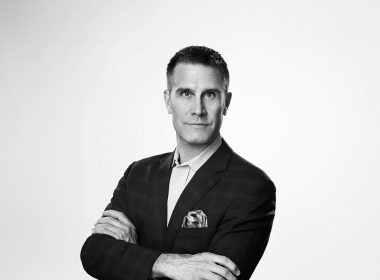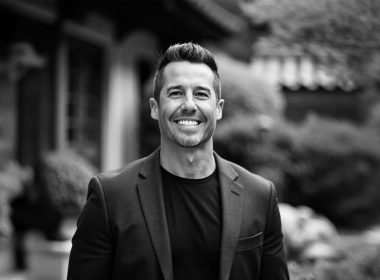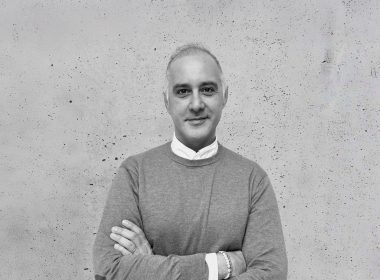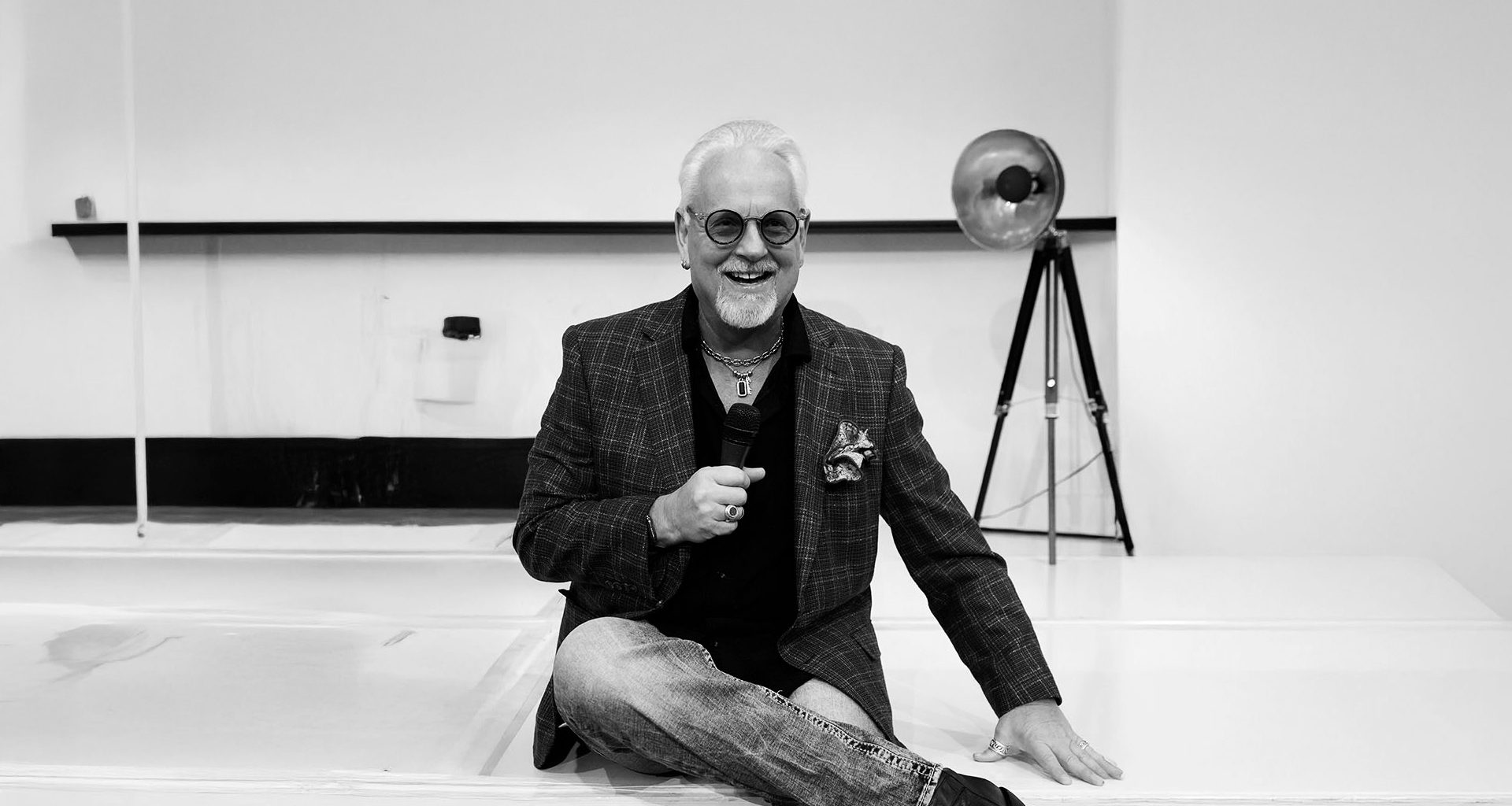Business growth can drive you crazy if you let it. Companies jump from one opportunity to the next, hoping something will work out. Most of the time, they just end up exhausted and confused. Bruce J. Cramer has watched this happen for over four decades, and he’s got some ideas about why it keeps going wrong.
From Corporate Executive to Growth Guide
He didn’t start out as a business coach. He spent years climbing the corporate ladder, dealing with the same growth problems from the inside. “I’ve been in their shoes and I’ve led complex change inside of Fortune 500 companies,” he recalls. Those years taught him something important: big companies struggle with the same basic issues as small ones. These days, Cramer works with small and medium-sized businesses instead of corporate giants. The problems haven’t changed much, but the stakes feel more personal when you’re working with business owners directly. “I work with small and medium sized businesses, guiding owners and executives through that whole messy middle of growth,” he explains. His corporate experience gives him perspective that most coaches don’t have, especially when things get complicated.
Strategy One: Getting Clear on Direction
The biggest mistake Cramer sees happens right at the beginning. Companies try to do everything at once. “Too many businesses chase every opportunity and end up awfully scattered and in some cases lost,” he points out. It’s tempting to say yes to every potential client or project, but that approach usually backfires. Cramer pushes his clients to get specific about what they’re actually trying to accomplish. What’s your core offering? Who are your best clients? What makes you different from everyone else competing for the same business? “Sustainable growth requires focus,” he says, and he means it. Without clear answers to those questions, teams can’t work together effectively. “If you can’t answer those questions clearly, your team won’t be able to align around anything that’s critical,” he notes.
Strategy Two: Tightening Operations
Growth has a nasty habit of making existing problems worse. Cramer has seen this pattern play out dozens of times in his career. “Growth magnifies inefficiencies,” he says, drawing on examples from major corporate projects he led at companies like Grainger and Abbey. What works for a small team falls apart when you try to scale it up. The solution isn’t complicated, but it takes discipline to implement. Whether you’re managing 10 people or 200, you need systems that actually work when things get busy. That means streamlined processes, clearer job descriptions, and tools that help instead of getting in the way. “You need systems that support execution,” Cramer explains. “That means clear roles, efficient workflows, and technology that enhances productivity rather than slowing you down.”
Strategy Three: Investing in Leadership
The third piece of his approach focuses on leadership development, but not in the way most people think about it. He’s talking about getting business owners to stop micromanaging every detail and start thinking strategically. “Sustainable growth isn’t just about the business. It’s about the people running it,” he points out. This shift requires building structure and developing what Cramer calls “a leadership mindset that supports long-term success, both professionally and personally.” The goal isn’t just making more money. It’s creating a business that doesn’t burn out the people running it. Good leadership development should reduce stress, not add to it.
After 45 years of watching businesses succeed and fail, he has learned that major transformations usually start with small changes. “A few simple changes when applied with the right mindset can unlock massive results,” he says. The formula comes down to three things: better direction, better structure, and better tools. The business world keeps getting more complicated, especially with AI changing how everything works. But Cramer’s approach stays focused on fundamentals that don’t change: knowing what you’re trying to accomplish, building systems that support that goal, and developing people who can execute consistently. “Growth that lasts,” as he puts it, beats short-term success that leaves everyone exhausted.
Connect with Bruce J. Cramer on LinkedIn to explore practical strategies for sustainable growth.











